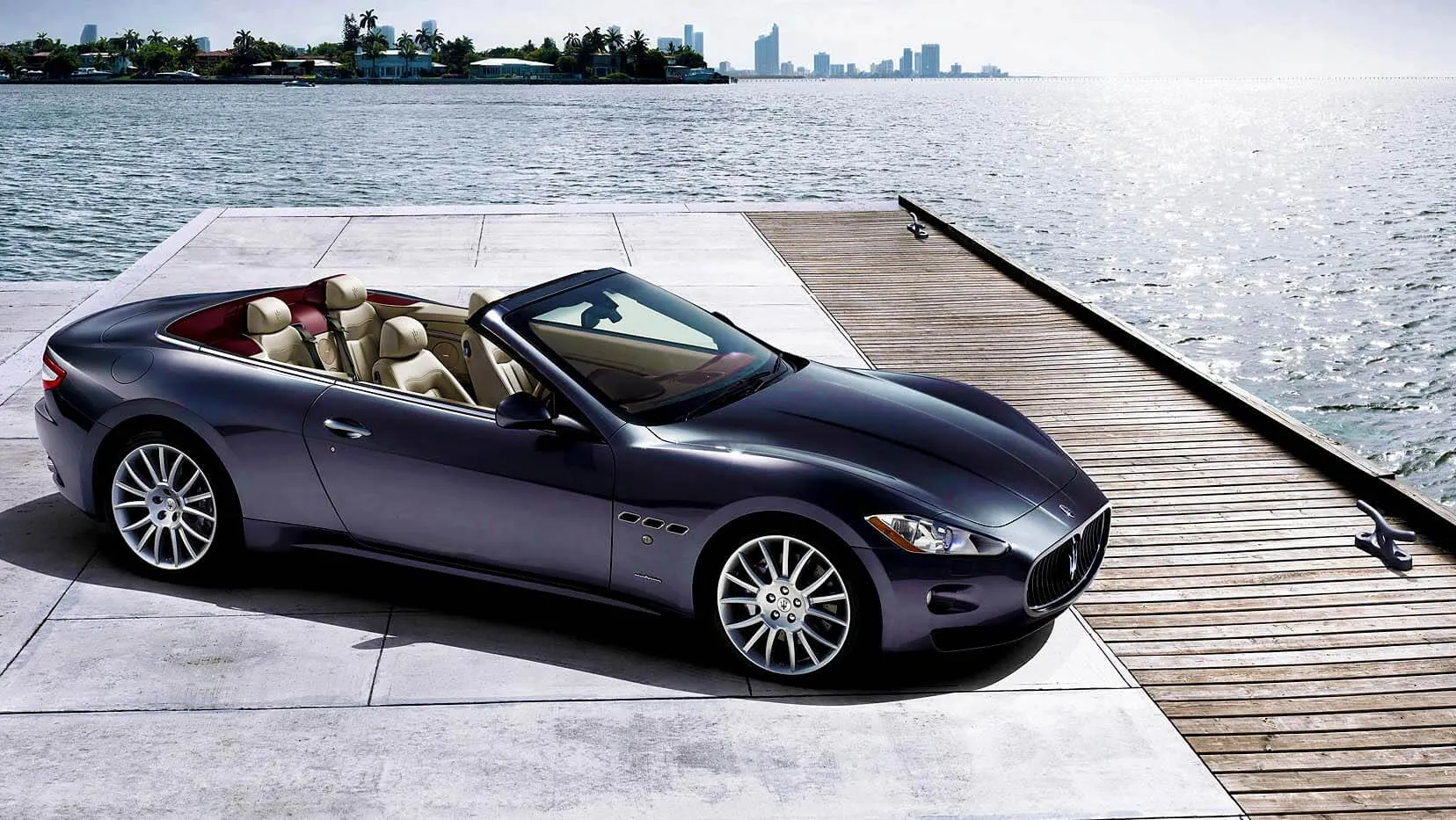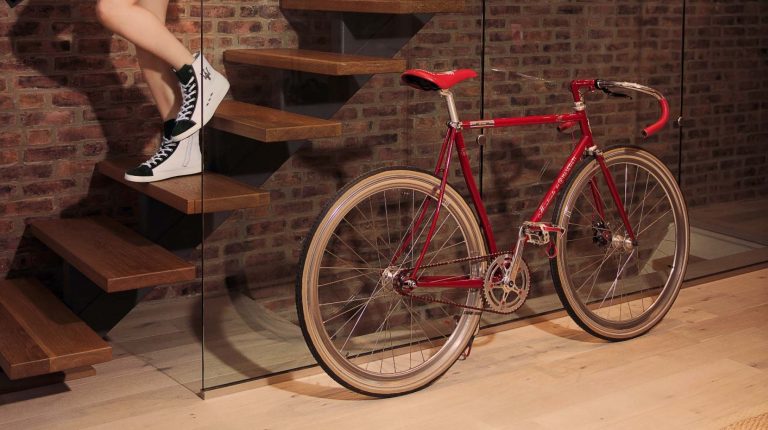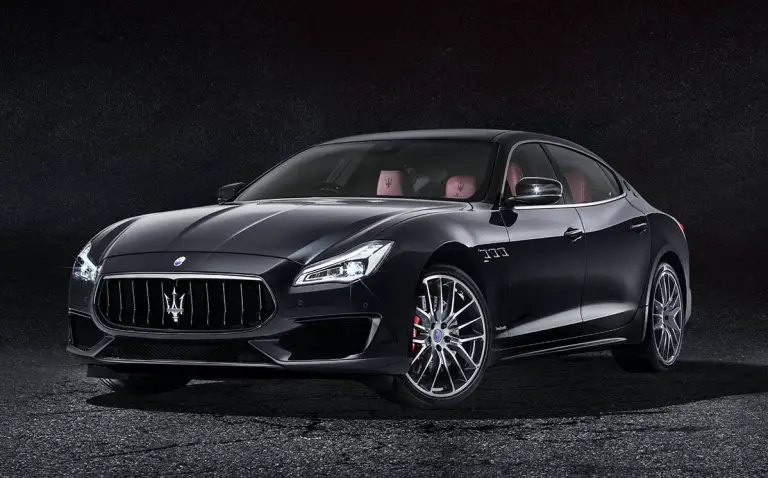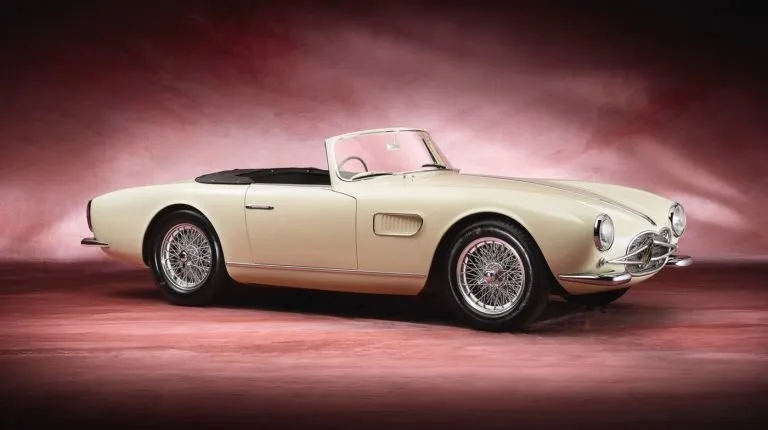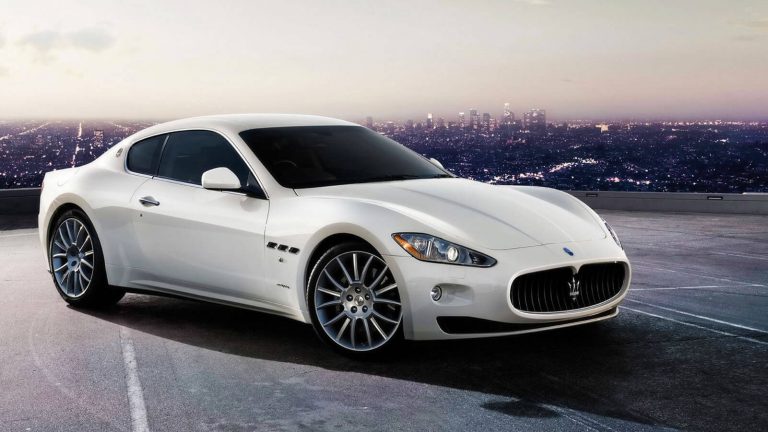2010 Maserati GranTurismo – The Full In-Depth Review
By the time 2010 came along, Maserati were two years into their manufacturing of their most popular automobile to date. Setting their stall out with two great editions of the GranTurismo – the 4.2 liter ‘Base’ model and the “sportier” GTS with its revamped 4.7 liter V8 engine. But the engineers, in Italy, were not resting idly on their initial success.
The 2010 Maserati GranTurismo would see two distinct additions: a return to the ZF six-speed automatic transmission and an optional roof. The GranTurismo S Automatic would be available in hard or soft top and, similar to their previous marketing drives, would be mainly focused for the American market. In its first year, alone, Maserati planned to build 2,100 units of the GranCabrio / GranTurismo Convertible with 1,400 automobiles headed Stateside. The convertible model would be such a success for Maserati that it would remain in production until the GranTurismo was discontinued in 2019.
So, in 2010, any discerning buyer, walking into a Maserati showroom, would be greeted by four gleaming editions of the GranTurismo.
Open Top Maserati
The Italian automotive industry has a long love affair with the convertible, or the open top ‘Spyder’ as they refer to it. So, it would be no surprise that it would not take long before they turned to their incredibly successful GranTurismo and took a hacksaw to its roof. The result would be a sublime addition to their already illustrious Maserati rolling stock. With the canvas top down, which did not affect the interior space of the trunk, its sleek and fluid lines were enhanced so that the shape of the car had a truly seductive shape from front to back.
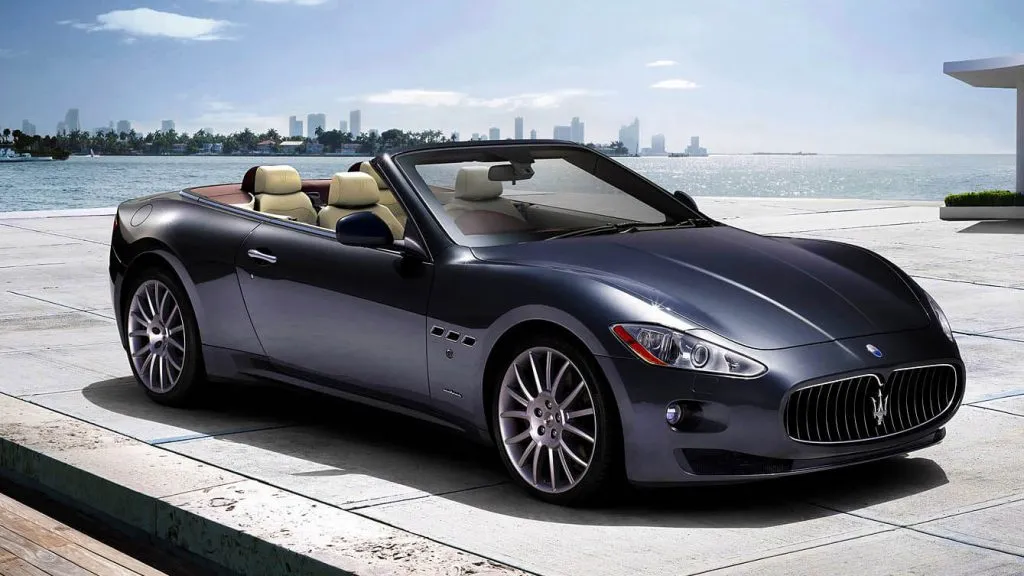
The fact that they were simply adjusting the bodywork of the four-seater GranTurismo, this allowed Maserati to create their first ever convertible that had two seats in the back. With some grumbling about the lack of space and light in the back seat, this open top provided some respite for the taller passengers who were along for the ride. Though there would still not be any space for all of their baggage in the cramped area of the trunk – just 9.2 cubic feet.
GranTurismo S Automatic
So, as previously stated, the 2010 Maserati GranTurismo was only different to the previous year’s GTS by its transmission. Maserati had reverted to kind and went back to install their tried and trusted six-speed automatic transmission that was engineered by the German company, ZF. Because of this, there would be a substantial refit of the chassis as the transmission would, once again, be assembled directly with the 4-cam, 32-valve 4.7 liter Ferrari engine. Of course, this would affect the weight ratio again but Maserati still managed to keep it within a 48-52 front to back set-up.
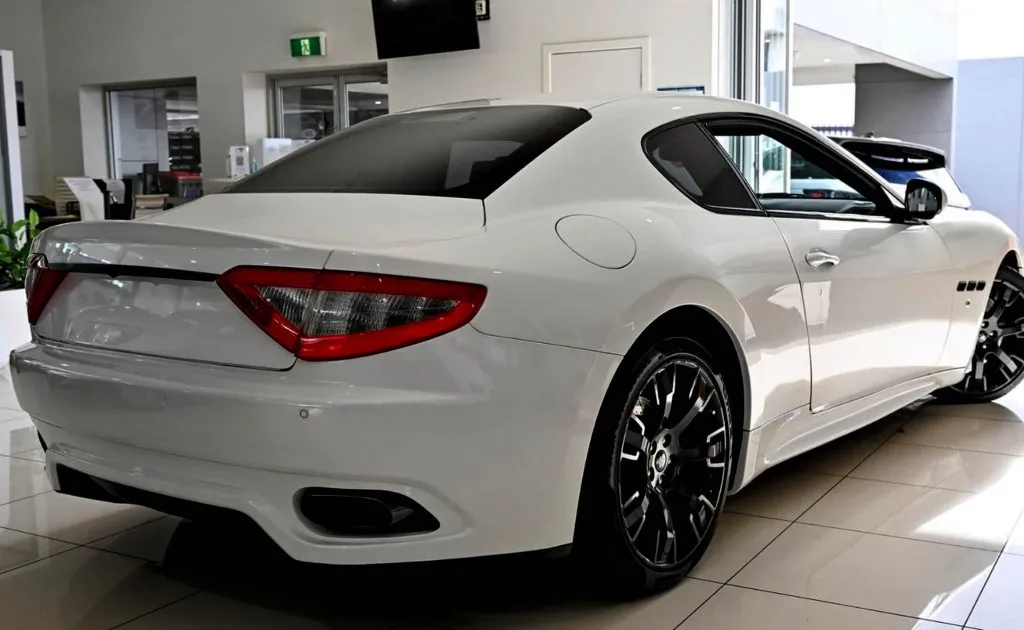
In effect, the GranTurismo S Automatic is an upgraded model of the Base edition. Using the enlarged 4.7 liter engine along with the six-speed automatic transmission. This would create a big difference between the “S” models when it came to gear changing at high revs. While the original GTS, with its automated manual gearbox, could push the rev counter up to the 7500 rpm redline, the ZF automatic would always shift change well before these numbers. Engaging the ‘Sport’ mode and utilizing the gear stick or paddles, to work the shift changes, would allow some control over this and squeeze a few more revs and engine growl.
Trident Performance
Speed and acceleration for the new 2010 Maserati GranTurismo S Automatic would see improvements over the base model though not as responsive as the GTS with the non-ZF transmission. The S Automatic would be able to make 0-60 in 4.9 seconds which would be a shade faster than the 5.2 secs of the Base though not matching the original GTS that could do it in just 4.8 seconds.
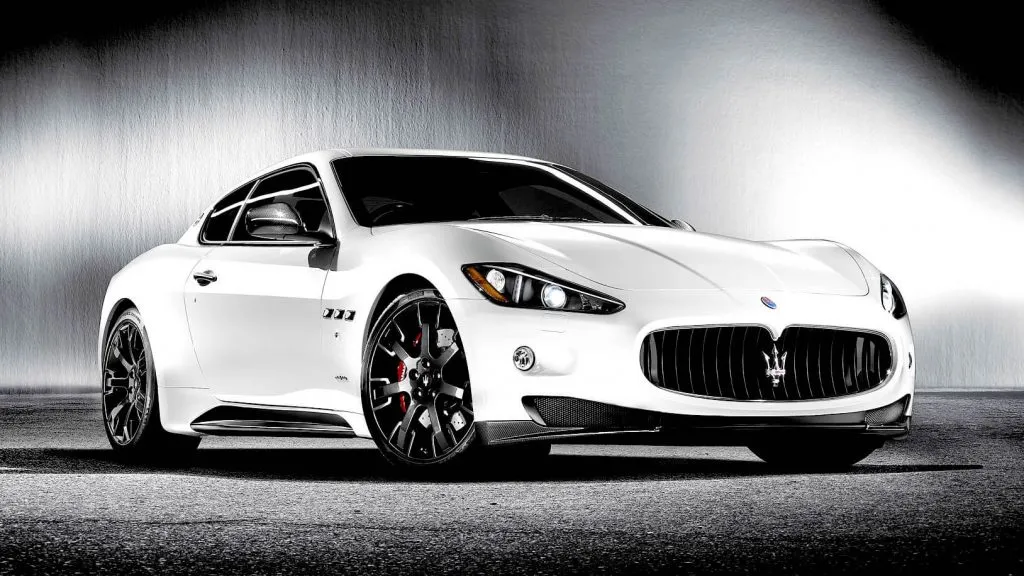
In a quarter mile sprint, it would be a similar story. The new Automatic could complete it in 23.3 seconds (142 mph) while the Base made it in 23.9 seconds (140 mph) and the GTS being the fastest as it made the run in exactly 23 seconds which is a speed of 145 mph. However, top speeds for both the GTS and the Automatic would be identical, at 183 mph, which was more than the 177 mph of the Base.
The GranCabrio was a much heavier car due to the adjustments having to be made to the chassis due to its lack of roof. So, even with the 4.7 liter engine, it could only manage 0-60 in 5.2 seconds, a quarter mile in 24.8 seconds (141 mph) and its top speed coming in as the lowest with 176 mph. But I don’t think the owners were complaining that much about it.
Riding on Rails
A combination of excellent balance, state of the art driving assistance and great Pirelli tires would make sure that the driving experience would be truly thrilling. Even for the inexperienced high performance driver they would be able to execute turns and hairpin bends at high speed with minimal loss of control or passenger discomfort.
With all of the models having a near perfect balance between front and back already meant the car could race round bends with an exact precision and no fear of under or over steer. As part of the standard safety features, the 2010 Maserati GranTurismo was equipped with both anti-lock brakes and a stability control system. If hitting a corner with too much then the stability system will intervene and provide the front wheels with assistance. The rear of the car will obediently follow the racing line, largely in part due to the Pirelli P-Zero tires which have a staggered width of 245 mm and 285 mm front and back.
Whilst engaging in these severe maneuvers, the driver and occupants will hardly feel a thing as the Maserati ‘Skyhook’ suspension system ensures a smooth ride throughout.
Luxury Defined
For this year’s latest model, the interior saw some additional elegant touches as new accent pieces on the doors and instrument panels were made in metal and wood. As with the previous editions, the endless color combinations were available for everything, inside and out. The cabin is sumptuously fitted out in leather everywhere you look. The upholstery comes in a variety of eight different tones which includes a very fiery “Ferrari” red called, Rosso Corallo. The dash has ten different surfaces to choose from while there are three varieties of wood veneers. Also, there are multiple choices for the steering wheel, headliners and carpets as well as the hand stitching. Even the foot pedals got a makeover as the GTS had their pedals fitted out in aluminum.
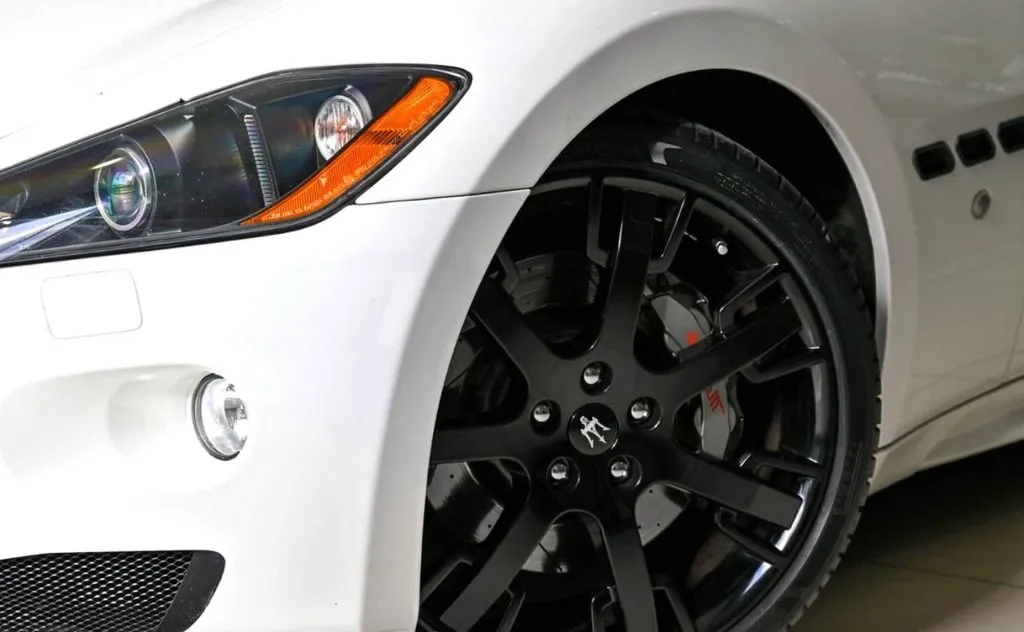
On the exterior, the artist’s palette can give you a choice of 19 different paint jobs and, if that is not enough, the Brembo brake calipers come in six different colors too.
Getting Connected
The Maserati Infotainment system was largely unchanged at this point. The new GranTurismo was similarly installed with the Bose 11 speaker Surround Sound System. This was equipped with the seven-inch touchscreen and satellite navigation system. Both the sat nav and the Bose system utilized the 33 gb hard drive to store the road information and downloaded music. But Maserati had not yet solved all the issues they had with this piece of hardware. Still not user friendly and difficult to download CD’s into the hard drive while the navigation wasn’t fully compatible with overseas markets.
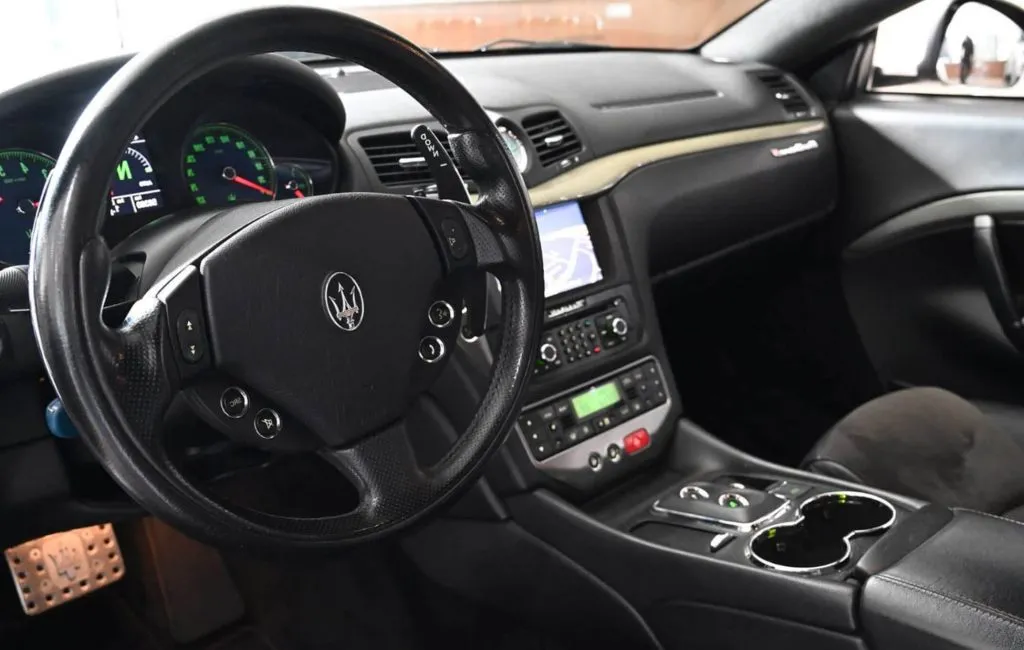
However, they were able to resolve other previous issues. The radio was now satellite compatible with American markets, so Sirius radio was now available at last. Bluetooth was now installed so drivers’ smartphones could be paired with the surround sound system. The introduction of other ports would allow external devices to be attached as well. This would definitely alleviate a lot of the criticism Maserati incurred from their earlier editions.
Other standard items that were fitted to all models was: xenon headlights with washers; fog lights; power folding and heated sideview mirrors; automatic wipers; rear parking sensors; auto-dimming mirrors; dual-zone automatic climate control; heated front seats; driver seat memory. The Base model is fitted with 19 inch alloy wheels while the ‘S’ types have 20 inch alloys.
Strength to Strength
The 2010 Maserati GranTurismo had raised the bar again. By bringing out the new Automatic they had upgraded their original model so that it also ran with the stronger 4.7 liter engine, as well as offering it as a convertible. In the North American market, this specification was always a big winner with drivers. Maserati knew they would capture an already intoxicated customer base with the seductive look the GranTurismo Convertible surely had.
The initial price tag for this model was set between the Base and the GTS at US$122,500. Despite the hefty cost for a grand tourer that was not as well equipped as its competitors and not as fast as some of its exotic rivals, Maserati were confident that its driving excellence and interior elegance would ensure it was a success.
They weren’t wrong.

